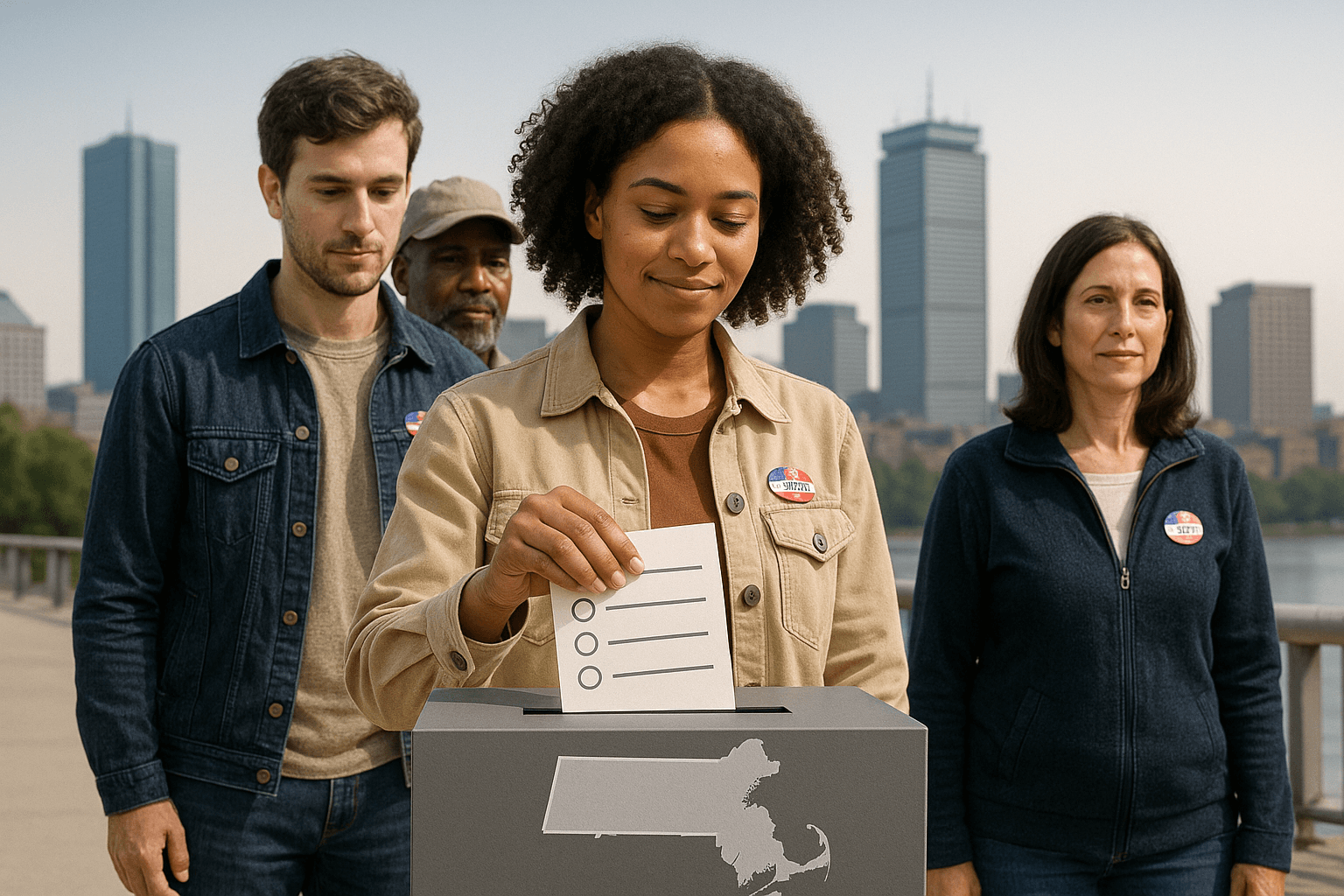Mission Valley: Chargers Gone...Aztecs In?

Measure D Could Answer SDSU's Needs
San Diego, CALIF.- If there was a shred of doubt as to whether the San Diego Chargers would reconsider a move back to Mission Valley and Qualcomm Stadium, Chargers owner Dean Spanos put those doubts to rest with a resounding NO.
In a recent interview with the San Diego Union-Tribune Editorial Board, Spanos was quoted as saying "I am not a believer in Mission Valley."
Spanos’ comments highlight the question of what happens to the Qualcomm stadium site after the Chargers leave either for downtown or for L.A. The same question is a focal point of the Citizen’s Tourism Reform initiative that appears on the November ballot as Measure D.
Like the Charger initiative Measure C, Measure D adjusts hotel tax rates to make the city more competitive with other cities. Measure D, however, sets the rate a full penny lower (15.5% vs. 16.5%) and does not provide any taxpayer money for a Chargers stadium.
The tourism industry hook is easy to understand for longtime San Diegans. Mission Valley’s development began in the 60’s with the emergence of Hotel Circle. More than fifty years later, the San Diego River valley is a growing traffic nightmare. Measure D envisions an end to the pattern of high density commercial and housing development in favor of a regional park and higher education expansion, anchored by SDSU.
In April, San Diego State President Elliot Hirshman endorsed a plan that would turn the 166-acre Qualcomm Stadium site into an extension of the SDSU campus.
A rendering for San Diego State West showed school offices, academic and research buildings, student and faculty housing, parking, an amphitheater, a river walk area and reconfigured trolley station.
Tucked into the northeast corner of the property was a proposed 40,000-seat football/soccer stadium.
SDSU could see more immediate relief at the Q site because of its direct connection to a five minute trolley ride. This also has given rise to the possibility of an “on campus” Aztec 35,000 to 40,000 seat football stadium that could be shared with a major league soccer franchise. Such a facility may be necessary to save the schools Division 1 football program and has an estimated price tag of approximately $250 million as opposed to the Chargers $1.4 billion price tag.
County Supervisor Ron Roberts and others have a competing view of the valley’s future. This plan was made public in 2015 when Roberts and Mayor Kevin Faulconer offered $350 million in taxpayer dollars for a new Mission Valley stadium coupled with a massive high rise development.
City Councilman Scott Sherman has described the details of the multifaceted development, including more hotels and over 6,000 condominiums, as necessary to help finance an NFL stadium. It’s an idea that many worry would gridlock traffic in the valley.
At a recent political gathering, Sherman clarified his reason for the 6,000 condominiums telling the crowd, “I proposed the 6,000 condos to let the public know what it would take to build a stadium with no taxpayer money.”
This latest declaration by Spanos makes clear that Mission Valley is now in play for a new vision and a new direction. While much of the public discussion has surrounded the fate of the Chargers, the public may have more control over protecting the valley from the traffic and congestion impacts of more traditional development in favor of the Measure D vision of a regional park anchored by a new lower campus for SDSU.



